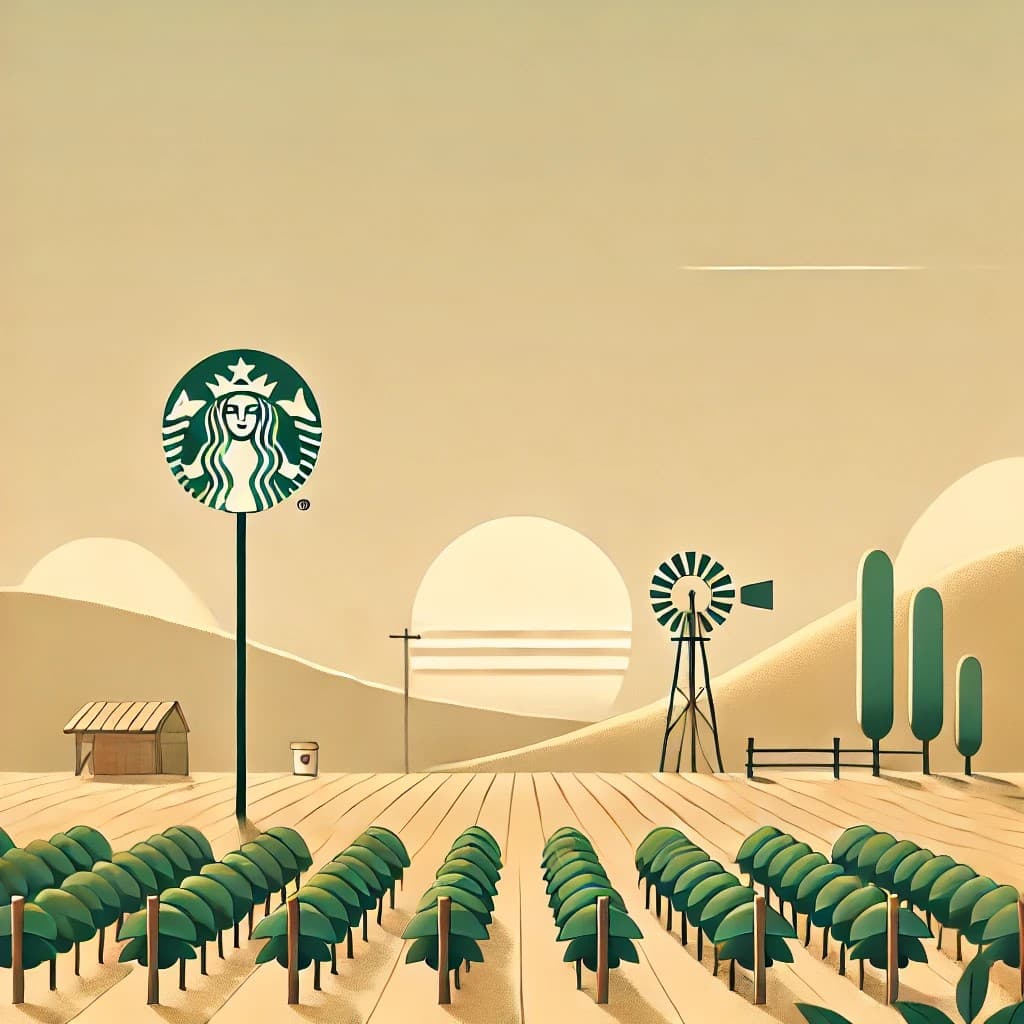Starbucks, the renowned coffee chain, has only owned one coffee farm in Costa Rica since 2013. However, it is now expanding in this direction, recently acquiring farms in Guatemala and Costa Rica, while also investing in other regions within the “coffee belt” across Africa and Asia.
Vertical integration, particularly regarding raw materials, has experienced waves of interest over the past century. For instance, Henry Ford, the automotive giant and one of the early advocates of this approach, owned a sheep farm to provide wool for car seat covers. However, globalization and free trade dampened enthusiasm for integration between suppliers and manufacturers.
There were many failures in this regard, and breaking up integrations often proved costly and chaotic. One example is Bumar, once the world’s largest calculator manufacturer at the height of the industry in the early 1970s. The company bought a factory to produce its own integrated circuits as prices for its devices fell, only to collapse a year later.
Another example is DuPont, which partly played the role of rescuer by purchasing Conoco in 1979 to secure stable raw material supplies, but the two sides later parted ways after decades.
Geopolitical factors in specific sectors may create a new form of vertical integration. In the chip industry, the rise of “fabless” chipmakers and the enormous cost of building semiconductor factories have discouraged tech companies from securing their own supplies. However, China’s tech giant Alibaba and its peers have begun delving into developing advanced chips, especially after tensions between Washington and Beijing restricted semiconductor exports.
At the same time, technical requirements have driven major companies to return to designing what they need in-house, if not also manufacturing it. In 2020, Apple began phasing out Intel chips in favor of those made in-house. In this context, Apple’s CEO Tim Cook stated, “The integration between hardware and software is essential to everything we do.”
The rise of generative AI technology has pushed Meta and Google towards silicon-based specialized chips, with Google relying on ARM-manufactured CPUs.
Investors’ appetite for vertical integration has fluctuated over time, but this type of control is not the same as Ford’s approach in the past. The same applies to Starbucks, whose farms cannot meet the demand of its 38,000 branches, as it buys nearly 3% of the world’s coffee supply.
Nevertheless, Starbucks’ ownership of these farms allows the company to experiment while achieving beneficial goals related to responsible farming and farmer empowerment. Similarly, Ingka Group, the largest franchisee of IKEA, owns 320,000 hectares of forests across seven countries, equivalent to four New York-sized cities.
Once again, it’s about reforestation rather than integration, as only around 5% of the harvested wood goes to IKEA products via the open market. This benefits everyone. Agriculture—whether sheep farming, coffee beans, or trees—is a completely different business from retail, whether it’s selling flat-pack furniture or serving a daily dose of caffeine.


